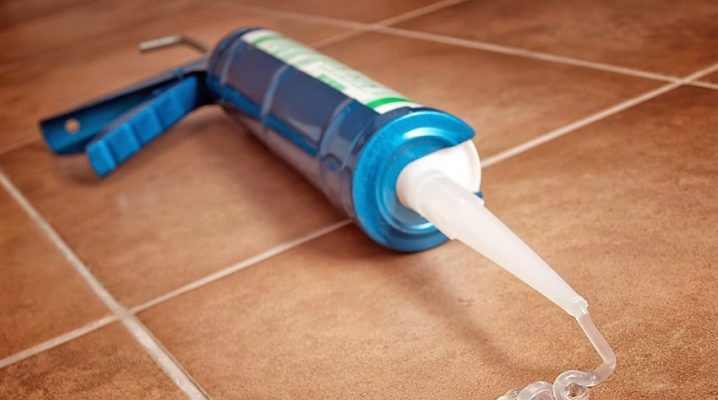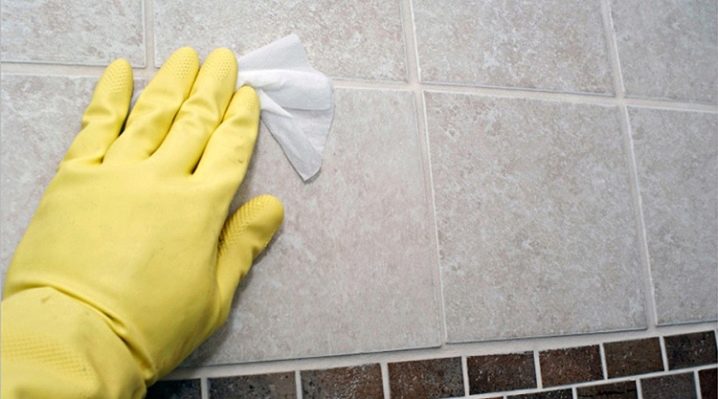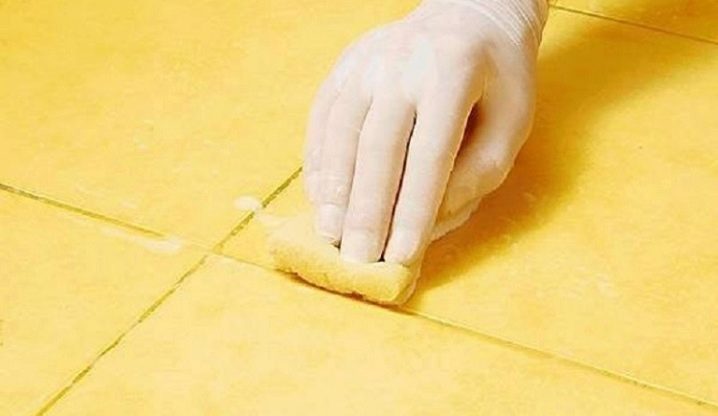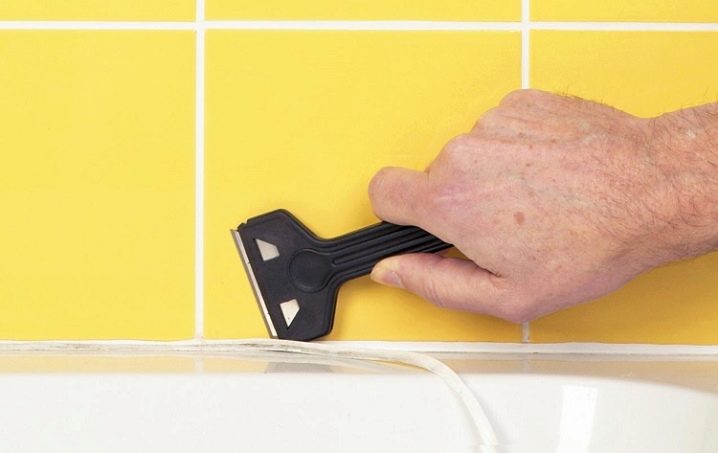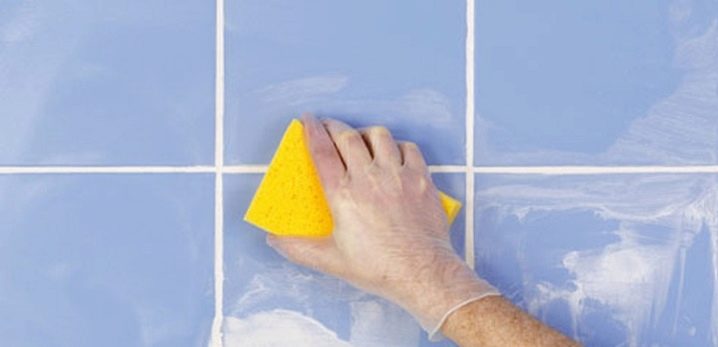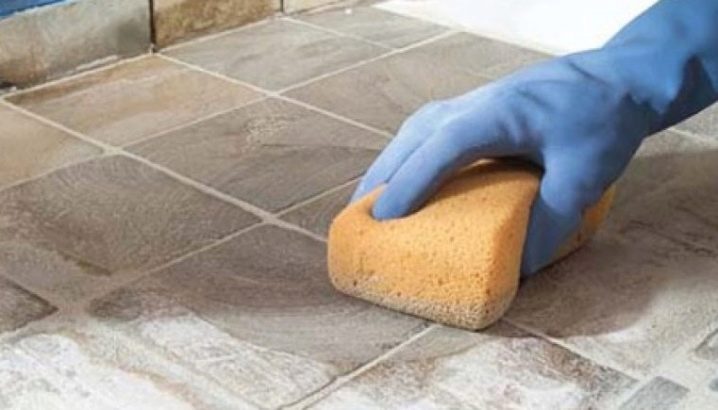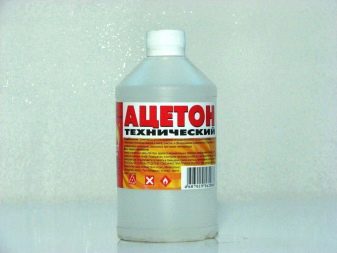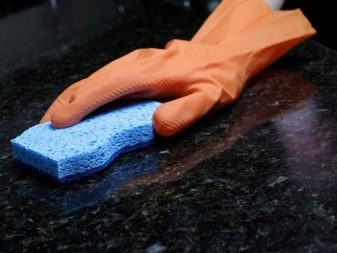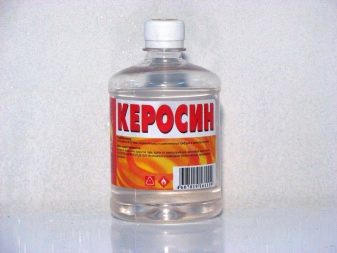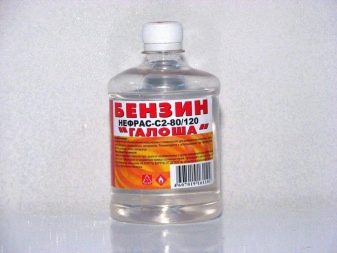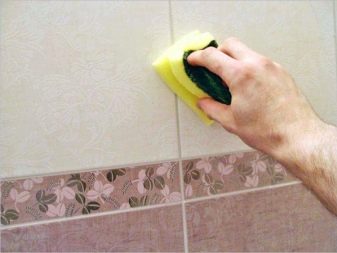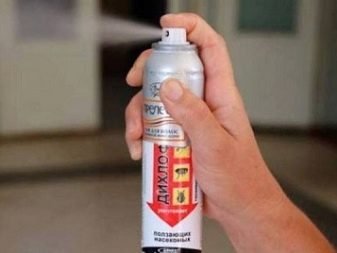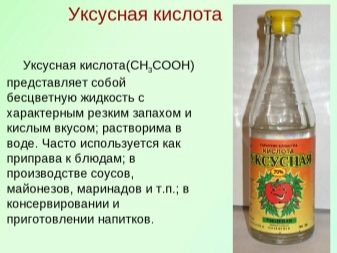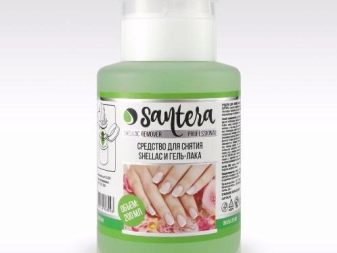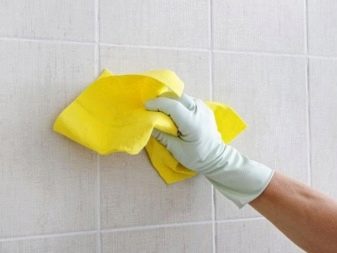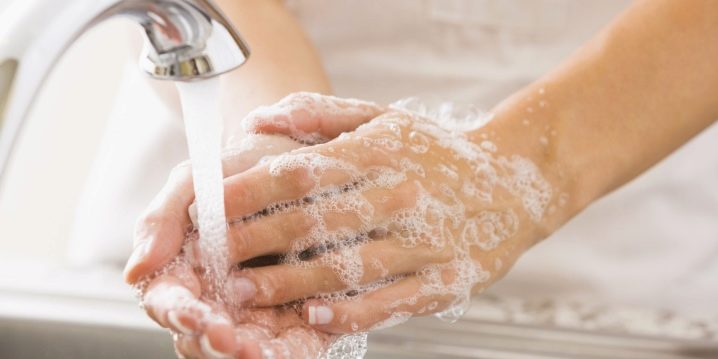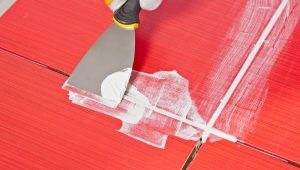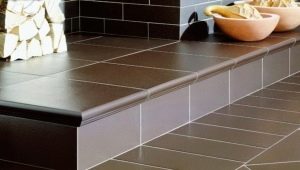How to wipe silicone sealant from the tile?
Often after repair you have to get rid of various stains. For example, a small amount of sealant may remain on the tile, which after drying is not so easy to scrub. How to properly clean the sealant from the tile without damaging its surface, this article will tell.
Mechanical cleaning methods
Silicone sealant has recently become incredibly popular. It is often used in various construction works. In particular, with the help of this tool, they seal the seams during tile laying. At the same time the mixture often gets to the surface
If the stains are fresh, they can be easily washed off with ordinary water and a sponge. You can also use a soap solution that softens the sealant, which facilitates the cleaning process. However, if the sealant is already frozen, it can be very difficult to erase.
The first thing that comes to mind in this situation is to clean the surface with a mechanical method. This option is quite acceptable.The main thing - to act correctly, so as not to damage the surface of the finishing material.
To remove any sealant residue from a tile, you need one of the following tools: a stationery knife, a spatula, or a safety razor. You can also use ordinary salt, which can be found in any kitchen. Using one of the selected tools, it is recommended to gently scrape the frozen silicone from the surface. This should be done very carefully, otherwise you can damage not only the tile, but also your hands.
The easiest way is to remove sealant residues with a clerical knife. So you can easily remove a thick layer of hardened substance. Then, to completely remove it, you should use an abrasive agent. As such means it is recommended to use ordinary salt. Salt will help to soften and erase the frozen composition, after which it will be possible to remove it with a plastic or silicone scraper.
Salt in this case should be used correctly. You need to put it in a small canvas bag or wrap it in a rag slightly moistened with water. Only then can the surface be scoured.So large particles of salt will not leave noticeable scratches on the surface.
If you decide to use a blade, extreme caution is required here. With the help of the blade, you will need to draw a line at the level of the seam, so that the silicone can be more easily removed.
If for some reason you don’t like mechanical cleaning methods, you can get rid of the surplus of this mixture by chemical means.
Chemical cleaning methods
Before you start cleaning with the chemical method, it is recommended to remember some simple safety rules.
- Firstly, the room should be well ventilated, since the smell of any of the products can harm the human body and even lead to toxic poisoning.
- Secondly, do not neglect gloves. Be sure to protect your hands, as hitting even small drops of the product can seriously damage delicate skin. In addition, it is necessary to take care of the presence of a respirator. Breathe in vapors of a fluid during operation is not worth it. It may be hazardous to health.
- Thirdly, whatever solvent you choose, remember that you need to work as quickly as possible, otherwise the tool can spoil the appearance of the surface.
To clean the sealant from the surface without damaging the tile, you can use a special tool designed to dissolve the silicone. However, you can choose a more budgetary option - the most common acetone. It will be enough to moisten a cotton pad in acetone and carefully “walk” them on the surface that requires cleaning. After some time, the silicone softens and you can remove it effortlessly.
Working with acetone, it is worth remembering the precautions.. If the liquid gets on the surface of the tile, it can seriously damage its enamel. The tile can become covered with an unpleasant dull bloom, from which you can not get rid of. In addition, if there is too much acetone, the seams, carefully sealed with silicone, can lose their tightness.
Gasoline or kerosene can also be used as a solvent. Here, too, do not need any special skills. Apply gasoline to a cotton pad or cotton swab to avoid liquid on the surface of the tile itself. Then you need to thoroughly wipe the contaminated area until the silicone is soft. Then the substance must be cleaned with a scraper.
The scraper must be plastic or wooden, as iron objects may leave scratches on the surface.
Unusual cleaning methods
Some resourceful people independently come up with various ways with which you can clean this or that surface. Such methods can be called "popular", because they are tested in practice.
Hardened silicone can be removed from the ceramic surface using dichlorvos. It will be enough to spray it on the area that requires cleaning, leave it for a couple of minutes, and then remove it with a sponge.
The main thing - do not forget about the safety rules, as mentioned above.
Vinegar, without which summer salads cannot do, can also help to deal with this problem. In general, vinegar has long earned the title of the best cleaner at home, as it is able to cope with a variety of pollution. So, apply vinegar on a cotton pad and rub the problem area. After a few minutes, the silicone will become softer, and you can easily clean it off the surface. At the end, wipe the tiles with a dry cloth.
It is important to remember that ordinary vinegar is not suitable, as it has a weak concentration of the active substance. Take acetic acid, making sure that you have a seventy percent liquid.Only with its help it will be possible to clean the surface.
Small silicone stains can be easily cleaned with the help of a nail polish remover that almost every woman has. The cleaning process by this tool is no different from the above.
One has only to note that this remedy cannot remove old pollution.
Tips and tricks
In conclusion, it is worth giving some useful recommendations to all those who are planning to make repairs soon and are going to use silicone sealant.
- During work, try to prevent the appearance of contamination (silicone ingress to the surface of the tile). As soon as the tool is outside the seam, immediately wipe off its remnants with a sponge.
- Before starting work, it is necessary to secure the surface of the tile. This can be done using ordinary masking tape, which is easily removed afterwards and leaves no traces. Glue the tile with masking tape so that only the seams are open.
- Before you start cleaning with chemical methods, it is worth trying the effect of the product on a small area of tile in a less visible place.A tile fragment, remaining after the repair, is also suitable for this purpose. So you can make sure that the tool does not damage the surface and does not spoil the enamel.
- A tile that was applied with sealant when installed may have a porous surface. It will be much more difficult to remove residues from such material, especially since such surfaces do not have an enamel coating. In this case, you will have to remove the sealant in several stages, carefully treating each hole with a cotton swab and the selected means.
- After removing the old sealant, stains often remain, which can be removed with ordinary dishwashing detergent. It is also quite suitable means that you usually wash the windows.
- If during repair, the sealant accidentally gets into your hands, put them in a warm salt solution, and then rub it with a sponge. You can also remove the silicone from your hands with slightly heated vegetable oil.
- If the grout is on your clothes, it is best to get rid of it before it hardens. Make it easy. It is enough just to pick up the composition for one corner and the stain will completely disappear from the clothes.If the contamination is frozen, put the clothes in the freezer for a few hours. You can also soak the thing in acetic solution for half an hour. After that, the sealant can be easily removed.
- It is important to remember that any solvent works best in rooms with low humidity. If the room is wet, the remedy will last much longer.
You can learn how and what to clean silicone sealant from tile, plastic or fabric from the following video.
